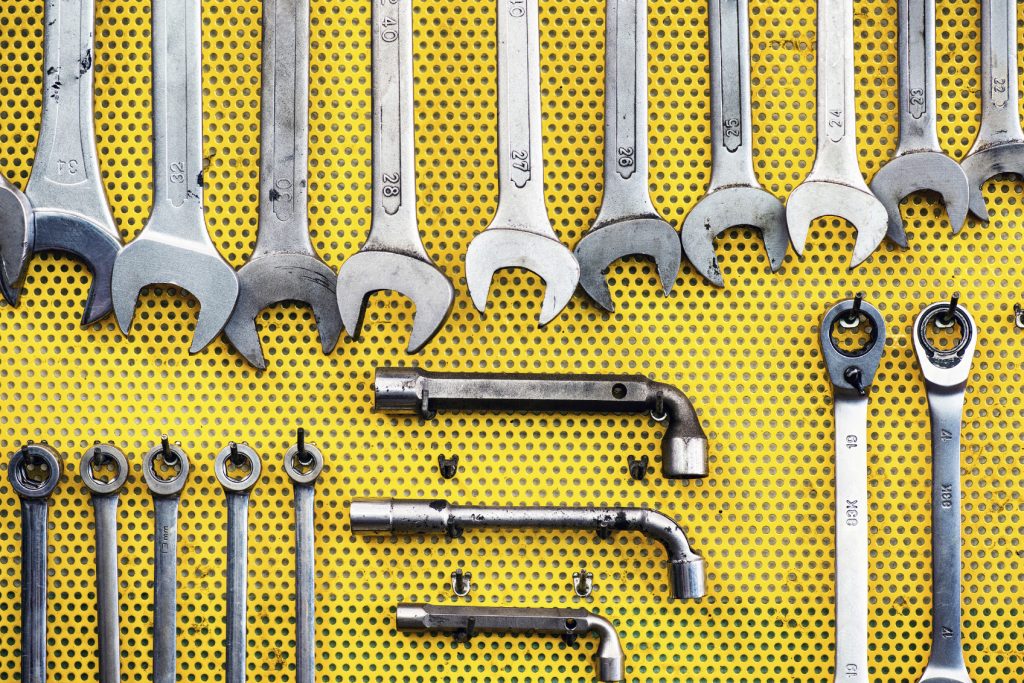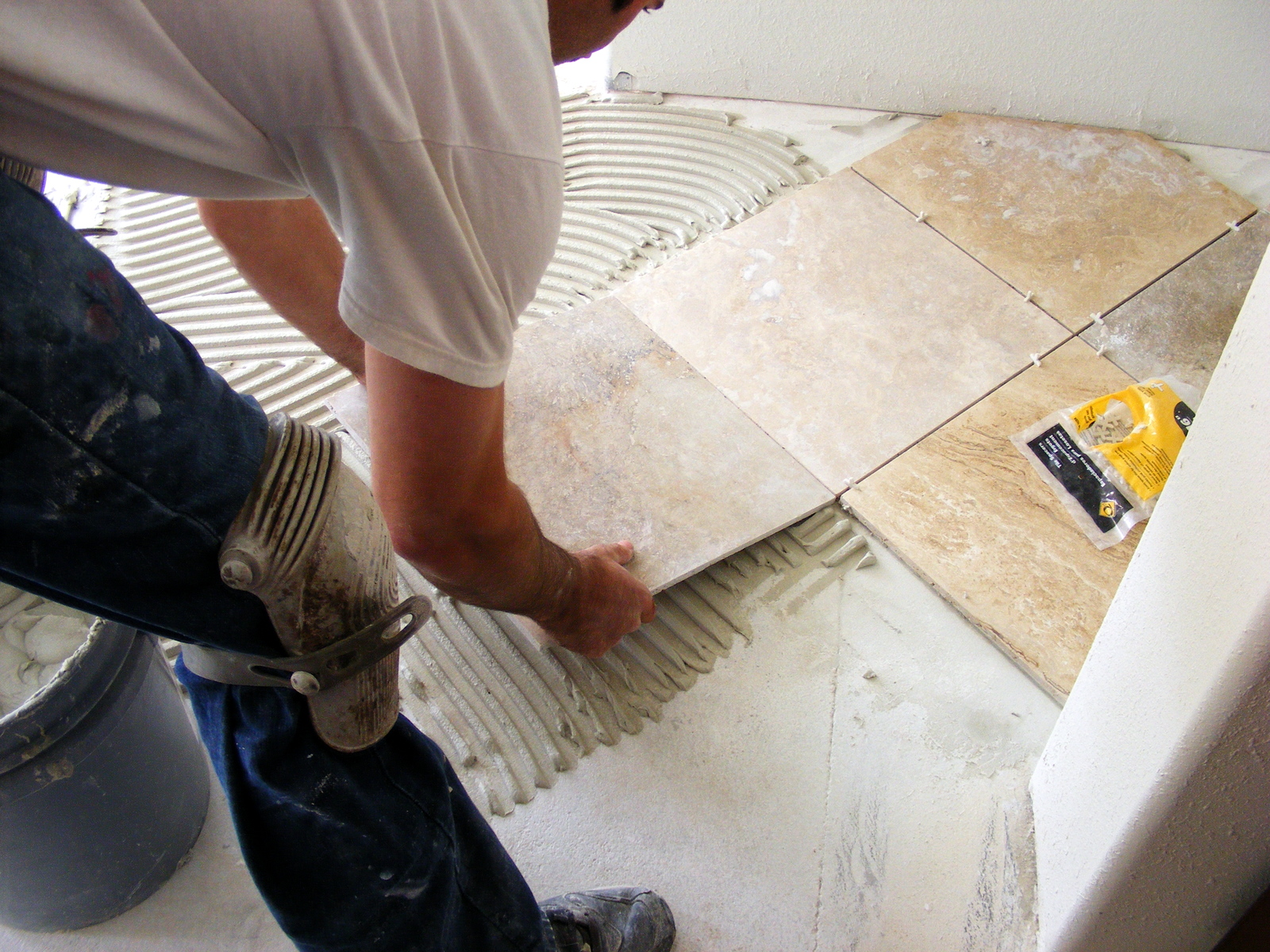Plumbing Tips For 2022
Having good knowledge on your home, and the plumbing inside your home is good to know, incase of any emergency plumbing situations you may be faced with.
In this article I will cover a few major points you may want to take note of. I will give you tips on how to locate your stop valves in an emergency, I will also go through ways you can bleed your radiators to keep them working to the best possible standards.
Stop Valves
When faced with a plumbing emergency, anything from a burst pipe to a faulty tap. The first step would be to turn off the main stop valve or one of stop cocks near to the emergency. So to locate these, you should have a stop tap or stop cock on the water lines/pipes near to objects like the sink and bath, one near your boiler, you should have one near your water tank if you have a water tank.
As mentioned by Boiler Brain, if you have a burst pipe in the bathroom, you should trace that pipe until you see the stop valve, if not try and locate the closest stop tap and turn it clockwise to lock it and hopefully stop the water. If this doesn’t work then your next step would be to find the main stop valve to the property. This should be located where the mains water supply connects to your home, usually located close to where the gas mains and electric mains also come into the property.
If you turn the main stop valve this should stop the cold water supply to the property and eventually it will stop leaking water, the hot water will also stop when you turn the main stop valve if your your heating system is a regular combi boiler system. However if you run a gravity system or high pressure system then the hot water supply will need to be turned off at the tank, there should be another valve or tap located near your tank to turn off the water supply from them types of heating systems.
How To Bleed A Radiator
Has your radiator ever felt warm at the bottom but cold at the top? This happens because there is air in the system, it usually happens when the heating has been off for long periods of time like when you have been on holiday, or during the summer period. Bleeding your radiators is a simple, but great thing to know.
It’s as simple as turning a key. A radiator key to be precise, these can be purchased from most DIY stores. All you do is put the key in the keyhole, usually located at the top of the radiator. Then turn anticlockwise until you hear a hissing sound, which is air being released. As soon as all the air has been released the next thing to come out is the water still inside the radiator, once the hissing has stopped and the water comes out you will want to turn the key clockwise and quickly lock the radiator. Keeping a towel near by can sometimes be a good idea.
If your heating system is a combi boiler or a high pressure system then you may need to repressurise your boiler in order to get the boiler pressure back up, this is as simple as turning the water top up valve on the boiler. If you are unsure how to do this then you can contact multicore for advice on how to repressurise your boiler.
Author Bio
Dan Mawson, owner and founder of Multicore National is an avid Manchester United fan, full time dad and part time blogger, he is a fully qualified electrician but knows plumbing, gas and oil and also has a fleet of staff who are qualified in each sector.






Recent Comments